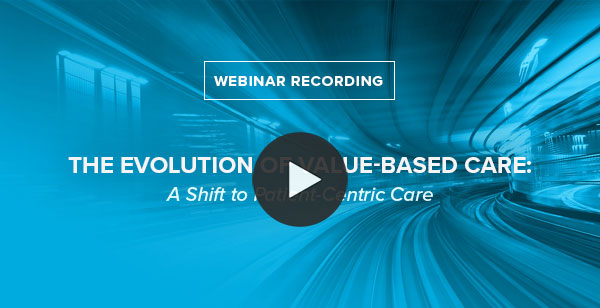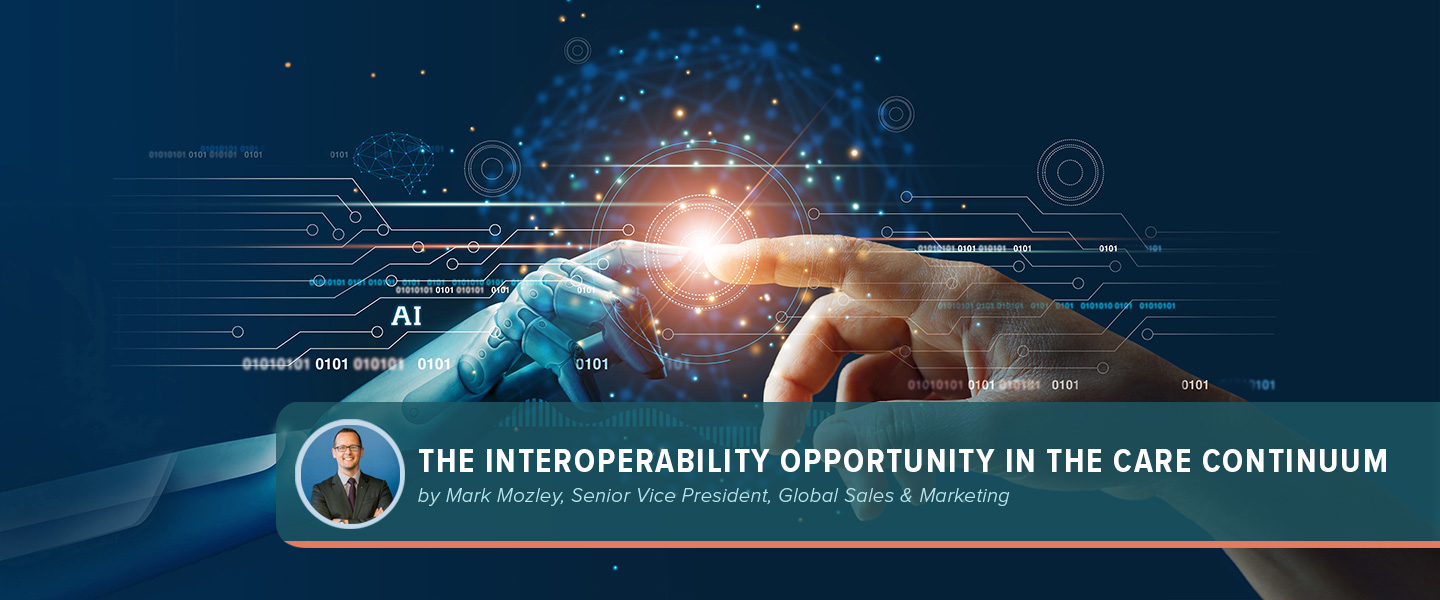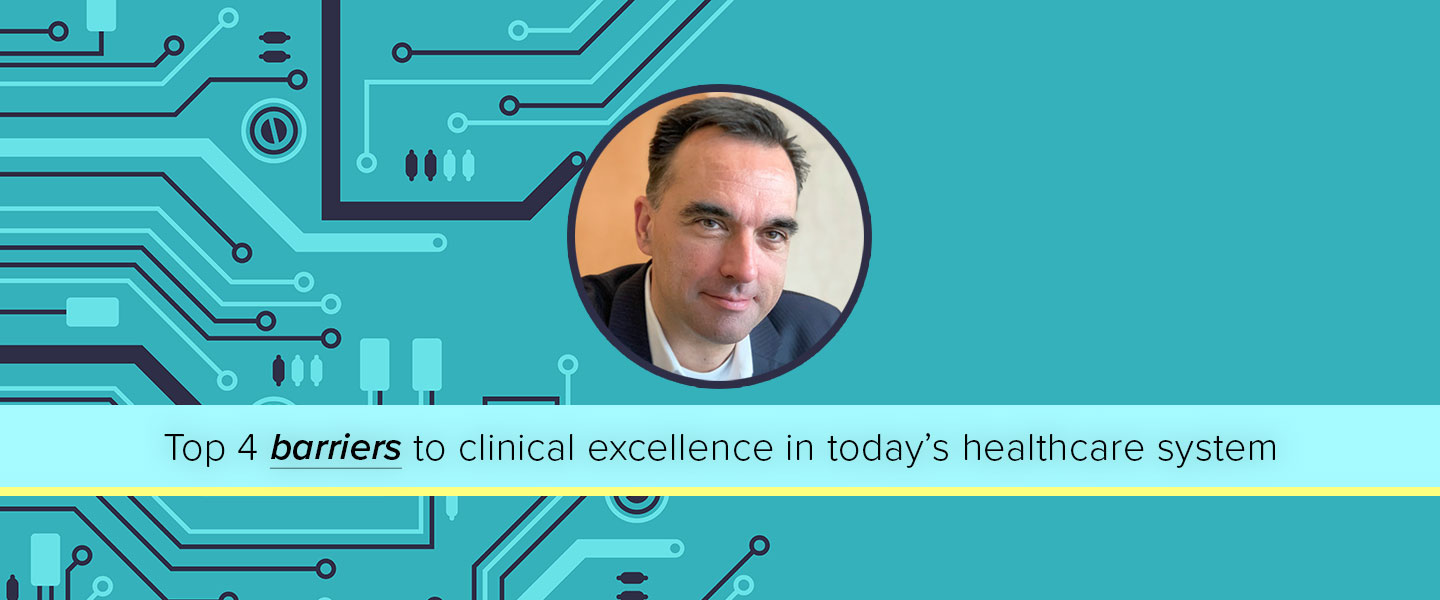The idea of value-based care has been around since the late 1960s, when the American Academy of Pediatrics first introduced the idea. Since then, the concept – in which providers are compensated for outcomes and quality of service instead of service alone – has become an essential component of healthcare today.
But where does it go from here? Will it continue to change and adapt to current and future healthcare trends? How will it evolve, and in what form?
Whatever the future holds, several current healthcare trends may determine where value-based care ends up. Those trends include digital health, consumerism, data management, and precision (or personalized medicine). It all points toward one important focus – patient-centric care.
Learn More: Visit The Ultimate Guide to Value-Based Healthcare
Let’s take a look at each one of these healthcare trends:
Digital Health
Perhaps one of the most dramatic movements to occur in healthcare in the past decade has been the development and implementation surrounding digital health. From measuring one’s heart rate on the iPhone to applying artificial intelligence to x-ray scans, practically every corner of the U.S. healthcare system (along with other countries) has been digitized. This ongoing technology march has significantly changed how healthcare is managed and administered. It has provided more valuable patient data to providers, allowing them to improve outcomes. This data feedback loop has become a critical part of value-based care. By getting real-time information on a patient’s condition, physicians, nurses, and other providers can assess and make better, more informed decisions, which leads to better care – one of the bedrock foundations of value-based care.
Take the example of the technology platform developed by AirStrip, a NantHealth affiliate, which securely delivers critical patient information directly from hospital monitoring systems to a doctor or nurse’s smartphone, laptop, or desktop. This means an obstetrician can have real-time data on the condition of one of his/her expectant mothers anywhere, anytime, which can potentially improve outcomes and save money.
This relentless improvement in all things digital isn’t likely to stop in healthcare, as innovations and new companies find better and more effective ways to improve overall health. As digital health evolves, so too does value-based care.
Data Management
However, the increase in digital technology has also meant a tsunami of data to evaluate and decipher. Providers and payers struggle with interpreting and finding valuable data to make evidence-based decisions. For example, a cancer specialist may need to wade through thousands of data points to find the best treatment for his/her patient at the best cost. Without technology, that well-intentioned effort may fall woefully short. That’s why, for example, platforms like NantHealth’s Eviti Connect have become such a valuable resource. Using a treatment plan validation technology to help cut through the massive data available associated with oncology conditions (including drugs and treatments) can lead to more effective outcomes for providers. Meanwhile, payers appreciate being able to efficiently and effectively improve pre-authorization processes, saving them time and money, while still ensuring evidence-based medicine for members with cancer.
Healthcare Consumerism
Another area already changing the face of value-based care is the “consumerization” of healthcare, where patients interact directly with their providers and take charge of their health. This trend has been growing in strength for years, beginning with the first efforts by Microsoft and others to collect personal health data via the Internet. In short, patients are in greater control, and providers and payers recognize the value of this trend. Physicians and nurses see better-informed patients, which allows for a more collaborative approach to treatment. Meanwhile, patients feel empowered as they take greater control of their healthcare. This patient-centric approach is also good for payers, who see improved outcomes and lower costs. All stakeholders become partners in a value-based approach, each having “skin in the game.” The evolution of value-based care is not complete without the involvement and focus of the individual patient.
The push towards a patient-centric approach to healthcare is also one reason why more non-medical companies are entering the field. Amazon’s purchase of OneMedical, a primary medical provider, demonstrates this trend, as does Apple’s anticipated announcement that it’s looking to enter the healthcare insurance market in 2024. Each intends to put the individual at the forefront of the medical experience and reap the financial benefits. Meanwhile, nationwide hospitals continue applying marketing and consumer-based principles to attract new patients, including using artificial intelligence.
Precision or Personalized Medicine
Another trend that has exciting implications for value-based care is precision or personalized care, which is the “tailoring of medical treatment to the individual characteristics of each patient” using genetic or molecular profiling. This approach is especially exciting in oncology, where a specific drug class may work well for one person but not for another. By tailoring a treatment plan for an individual’s unique biological and molecular characteristics, precision medicine has the “potential to optimize cancer therapy, taking into account the tumor response for each patient, ensuring a better quality of life and better patient care.”
Other personalized medicine approaches in the future also show promise in improving value-based care, including engineered and adoptive cell therapies, a new drug class involving mutant-specific molecules, and even cancer vaccines that are unique to the individual.
Even though it’s evolving, value-based care is here to stay partly because it combines two powerful forces in healthcare – quality outcomes and cost control. The move toward patient-centric care fits in well with these goals. A more informed and engaged patient population will improve overall care, while new technologies and precision medicine will take healthcare to a new level of effectiveness.








